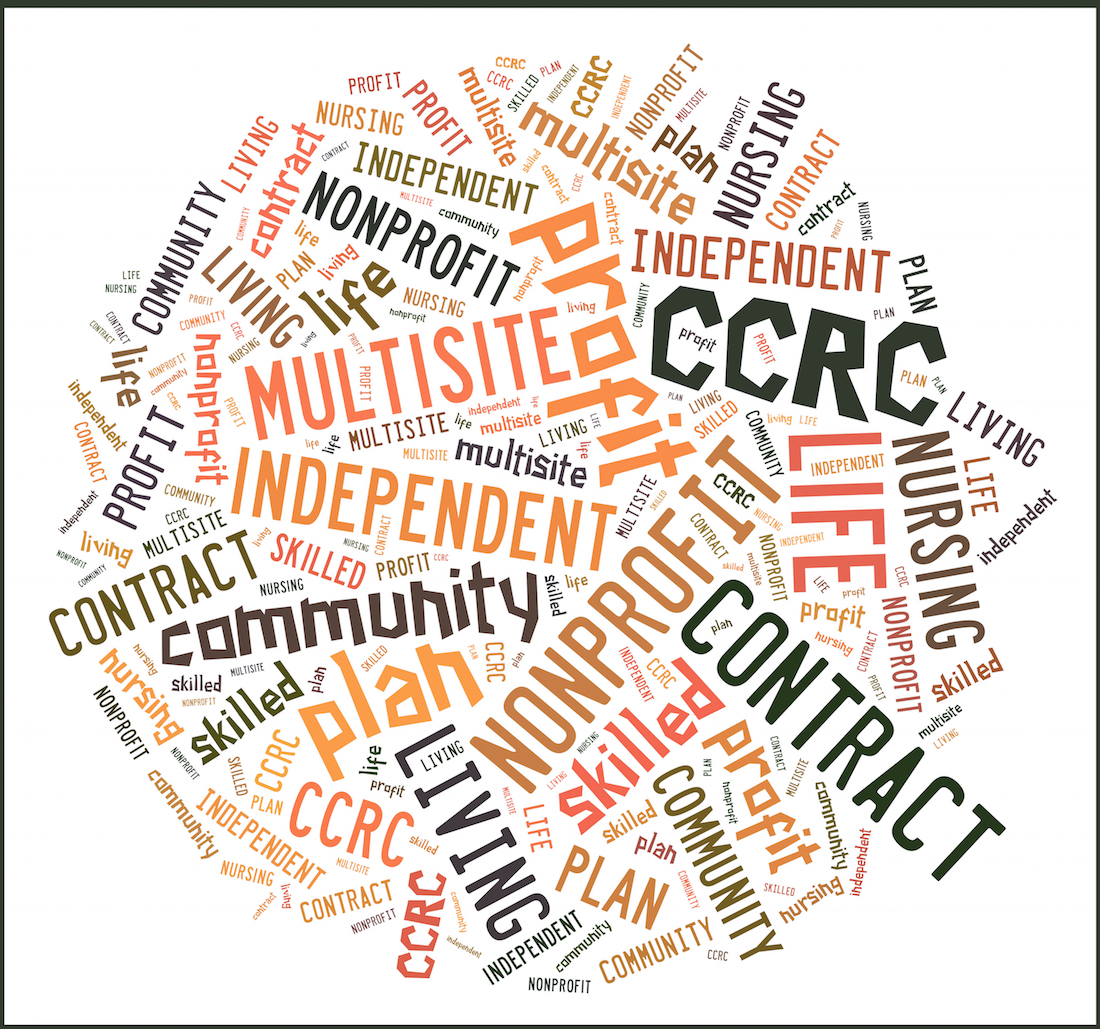
Life plan communities have become more likely to be part of larger systems and slightly less likely to be sponsored by a not-for-profit organization over the past several years, according to specialty investment bank Ziegler.
Almost 65% of life plan communities now are part of multi-site organizations, compared with 62% approximately two years ago, Lisa McCracken, director of senior living research and development at Ziegler, wrote in the company’s latest Senior Living Finance Z-news newsletter. The percentage is even higher among for-profit communities, 80% of which are part of multi-site organizations, she said.
“These figures reflect the overall consolidation trends in the sector over the past 10 years or so,” McCracken wrote.
Seventy-eight percent of such life plan communities, also known as continuing care retirement communities, are sponsored by not-for-profit organizations, and 22% are sponsored by for-profit organizations, according to Ziegler. This percentage is slightly lower than it was five years ago, McCracken said.
The data are based on Ziegler’s National Life Plan Community Database, which currently tracks 1,955 life plan communities with a total of 600,000 units throughout the United States. Ziegler defines a life plan community as a community that offers, at a minimum, independent living and skilled nursing, although McCracken said most also offer assisted living, and many offer memory care.
Other trends gleaned from the database:
- Entrance-fee contracts are the most common contract type offered by not-for-profit communities, with 64% of them offering such contracts, although 25% offer a rental contract option. The percentages are reversed for for-profit and private-sector CCRCs, with 64% offering rental contracts and 26% offering entry-fee contracts.
- Pennsylvania has the greatest number of life plan communities, almost 200. Ohio, California, Florida and Illinois are the next four most popular states for CCRCs. This list has remained consistent over the past several years.
- Wyoming is the only state in the country without any life plan communities.
- Although development of new CCRCs has slowed, existing communities continue to expand.



